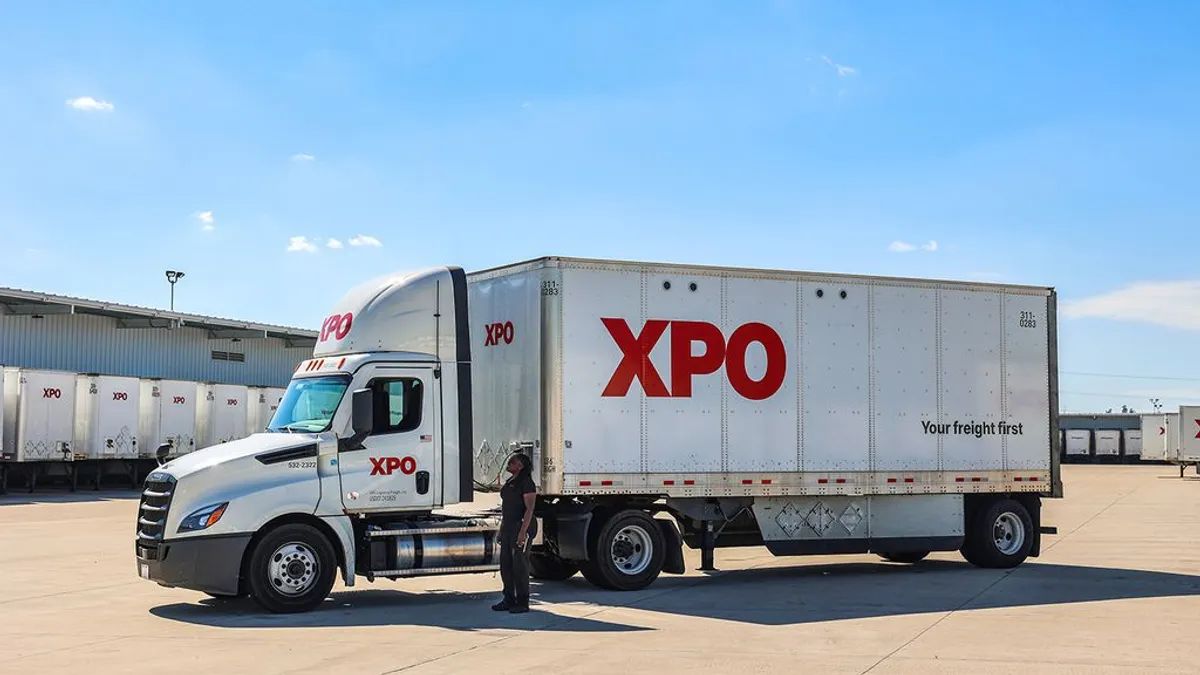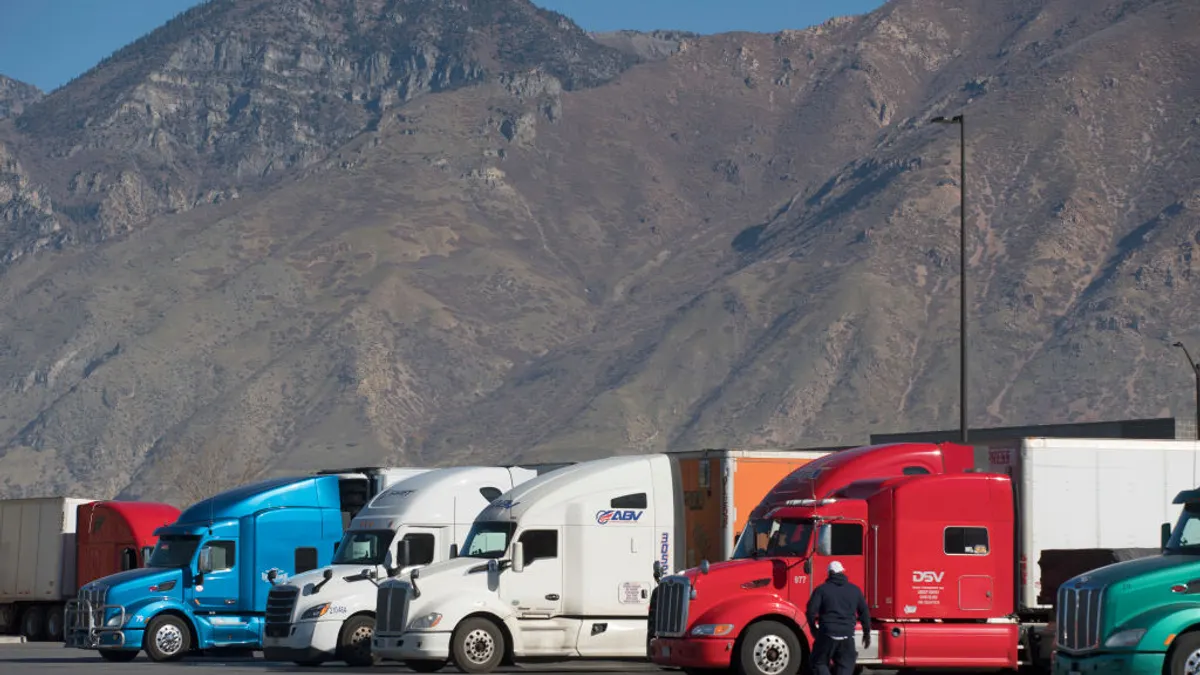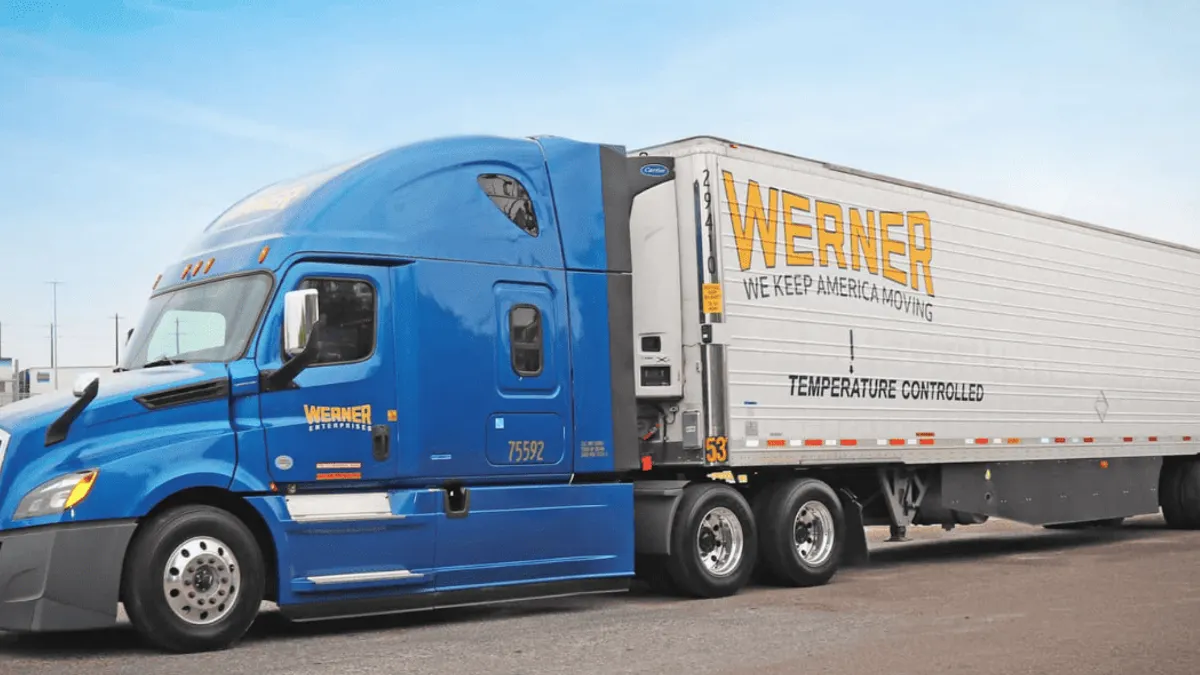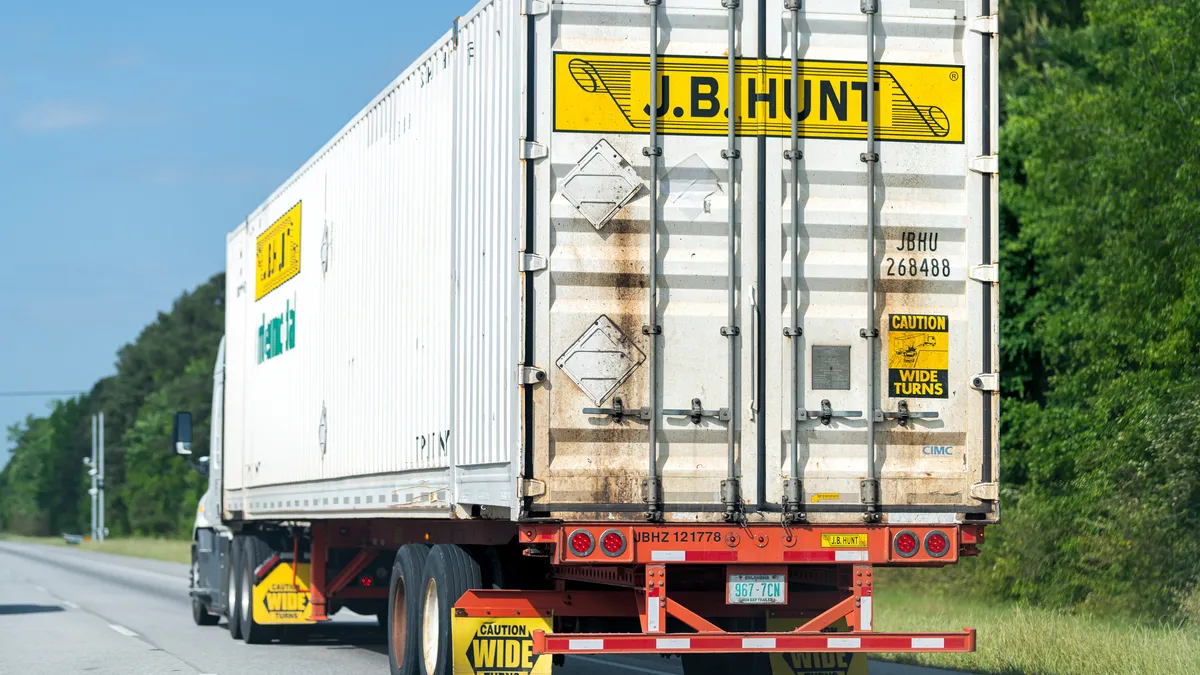Tornadoes, floods, hurricanes and other calamities whipped up by climate change are upending a cornerstone for CFO risk management.
The cost of commercial property insurance in the U.S. has surged, increasing 15% last year in the biggest jump in more than three decades, the Insurance Information Institute said. During the first six months of 2023, the cost from commercial property claims ballooned 30%, according to the Swiss Re Institute.
Severe weather has created “certainly the most challenging property market we’ve seen probably since 9/11,” according to Brandon Thompson, senior vice president for risk management at Transwestern, a Houston-based commercial real estate company. “We’re in for a rough ride for the next couple of years.”
CFOs face a seller’s market for commercial property insurance as carriers push up premiums and pull back from high-risk areas, Thompson said in an interview. “You can’t just walk down the street any more and pick up an insurer.”
The turbulence from global warming puts pressure on CFOs and chief risk officers to precisely gauge company vulnerabilities and minimize insurance costs, according to experts in risk management. Solutions range from closer partnerships with insurers and hardening buildings against damage to use of new insurance structures and advanced data analytics.
“If you hold on to your old ways, you’re not going to be able to move forward,” said Zaheer Hooda, head of North America for Cytora, a London-based firm.
The frequency of calamities induced by climate change shows no sign of falling.
Through early November this year, the U.S. suffered 25 weather-related disasters, each causing at least $1 billion in damage, according to the National Oceanic and Atmospheric Administration. From 1980 until 2022, the country annually faced just eight such catastrophes on average, adjusted for inflation.
Disasters causing more than $1B in damage increase
A $1-billion-dollar catastrophe currently strikes the U.S. on average every three weeks compared with every four months during the 1980s, NOAA said this month in the U.S. National Climate Assessment, citing inflation-adjusted data.
The footprint from destruction is growing. So called convective storms of heavy rain, lightning, hail and violent wind spread further north this year into Great Lakes states, expanding the range of vulnerability for insurers and businesses alike.
During the first half of 2023, convective storms caused $34 billion in insured damage in the U.S. — a record for a six-month period and 68% of insured natural catastrophe losses worldwide, according to Swiss Re.
Average annual total cost rises for disasters exceeding $1B
When calibrating their exposure to potential losses, insurers have long balanced the risk of policies written in damage-prone coastal states such as Florida and California with those in less vulnerable areas of the U.S. heartland.
“That’s no longer as effective with convective storm losses growing so much in the middle of the country,” Thompson said.
During the past 10 years rocketing costs to insurers from extreme weather have outpaced the rise in labor and construction materials costs from inflation — even after accounting for the high price pressures beginning in late 2021.
So-called claim severity, or the average cost of an insurance claim, has soared 150% during the past decade, or about six times faster than inflation, according to David Hemry, director of commercial strategy at LexisNexis Risk Solutions.
Facing losses from severe weather, several insurers are running for cover.
State Farm, one of several carriers pulling back from California, announced in May it will stop accepting new applications for commercial and personal property insurance in the Golden State. Nationwide announced in June unspecified risk reduction in its small- and middle-market commercial property insurance in unidentified states.
Hail in recent years has hammered several regions, especially along the Interstate 35 corridor in Texas and in Denver and other parts of Colorado, Hemry said in an interview. Carriers that for years could accurately predict claims in many areas can no do longer so.
“Insurers in Arkansas, Illinois, Kentucky and Indiana are in a particularly unstable situation,” Demex Group CEO Bill Clark said in an email response to questions.
Meanwhile, reinsurers — the providers of lifeblood financing to insurers — are pulling back. They have hiked premiums from 30% to 50% across the U.S. this year for insurers with catastrophic losses, according to an order signed by California Gov. Gavin Newsom in September aimed at strengthening the state’s private insurance market.
“The impact of climate change and these billion-dollar losses has really put a strain on reinsurance, which ultimately dictates the terms of what you can buy in the retail insurance market,” Thompson said.
As insurance costs rise, CFOs and financial executives who gauge risk and handle insurance will likely gain greater C-suite clout, he said. “Risk management is going to need a bigger seat at the table than they probably have had in the past few years.”
Called to a larger role, a CFO can limit the costs from climate change, risk management experts said, by taking five steps:
1. Run a clean-sheet review of risk tolerance
A CFO who thoroughly gauges a company's ability to cope with damage from extreme weather will sooner adapt to rising commercial property insurance premiums and the prospect that inflation will exceed the Federal Reserve’s 2% target for a few more years, experts in risk management said.
A CFO should no longer treat insurance as just another expense item, rolled over from one year to the next, they said.
Financial executives will likely need to more frequently change insurance packages and more precisely gauge company needs, using data that models weather as well as labor, construction and other costs. CFOs will probably find they need to budget more for insurance for at least the foreseeable future.
As always, shopping around for higher-value insurance will probably help hold down costs, Hooda said in an interview.
Yet CFOs need to keep in mind a basic principle, Hooda said: “Number One, accept the reality that premiums are increasing and adjust your bottom line implications for it.”
2. Tighten partnerships with insurers
A CFO should increase the frequency and depth of contacts with carriers as the market for commercial property insurance adjusts to the barrage in extreme weather, the experts said.
Financial executives should reach out to insurers as many as 180 days before an application is due rather than the usual 90 days, they said. They should also detail, with supporting data, the ways that they are reducing risk and limiting losses.
“Make sure you’re putting together a top-notch submission with a loss-control narrative,” Thompson said.
3. Redouble efforts to avert loss
CFOs should not neglect the surefire tactic of reducing insurance costs by installing improvements such as storm shutters, flood barriers and fire-suppression systems, the risk management experts said.
Each dollar invested in limiting property damage through steps including retrofitting or adopting updated building codes can avert as much as $13 in damage, according to the National Institute of Building Sciences.
“It’s not just the property risk,” Hemry said. “It’s also the liability risks of people getting hurt on the property, breaking into the property — those sorts of things.”
Many owners of commercial properties neglected maintenance after the pandemic pushed down occupancy, the risk management experts said. Instead, with the Fed having hiked the benchmark interest rate to a 22-year high, CFOs are focused on the high cost of refinancing debt.
“We’re in a bit of a vicious cycle that as occupancy drops and loans are coming due, there can be retreat from investing back in the properties,” Thompson said. “That’s only going to lead to increased severity of claims.”
4. Consider insurance innovations
Alternatives to traditional commercial property insurance can fill in for policies scaled back or withdrawn because of the frequency in severe weather, the risk management experts said.
CFOs responsible for properties in disaster-prone areas may want to consider so-called parametric insurance, which pays out a set dollar amount based on the traits of a destructive event rather than repair costs.
CFOs most often buy parametric insurance as a supplement or substitute for traditional policies.
“It gives a bit of stability from a CFO perspective,” Hooda said, while noting that the ratio of loss to payout is usually less favorable than with traditional policies.
5. Dive into data analytics
“Big data has been around for as long as insurance companies have been around,” Gary Sullivan, senior director for emerging risks at the American Property Casualty Insurance Association, said in an interview. Yet today, insurers can use advanced analytics to more precisely measure wind, wildfire and other risks, identifying vulnerabilities and finding new opportunities.
“Historically, the insurance industry has been fairly glacial to move,” Hemry said. “It’s conservative in nature.”
Insurance start-ups are stirring up older firms by using new forms of data gathering and analysis. For example, computer analysis of photos of rooftops taken from an aircraft precisely gauges risk across vast areas, reducing claims and premiums.
InsurTechs “integrate with carriers to help them do things that, quite frankly, they haven’t been able to do for the past 100 years because it’s not their nature,” Hemry said.
CFOs should ask carriers how they are using artificial intelligence, data analytics and other advanced technology to measure risk, the risk management experts said.
Also, when drawing up an application for insurance, CFOs should consider using customized risk management systems “to tell a narrative that prevents getting baked into the general market trend,” Thompson said.
Eventually, higher premiums triggered by destructive weather will likely attract fresh capital for insurance. The market for commercial property insurance will stabilize and CFOs may find the costs of risk management easier to bear.
“Folks are going to see this as an entrepreneurial opportunity, and they’ll jump in,” Hooda predicted. “You’ll see an improvement over time.”





















